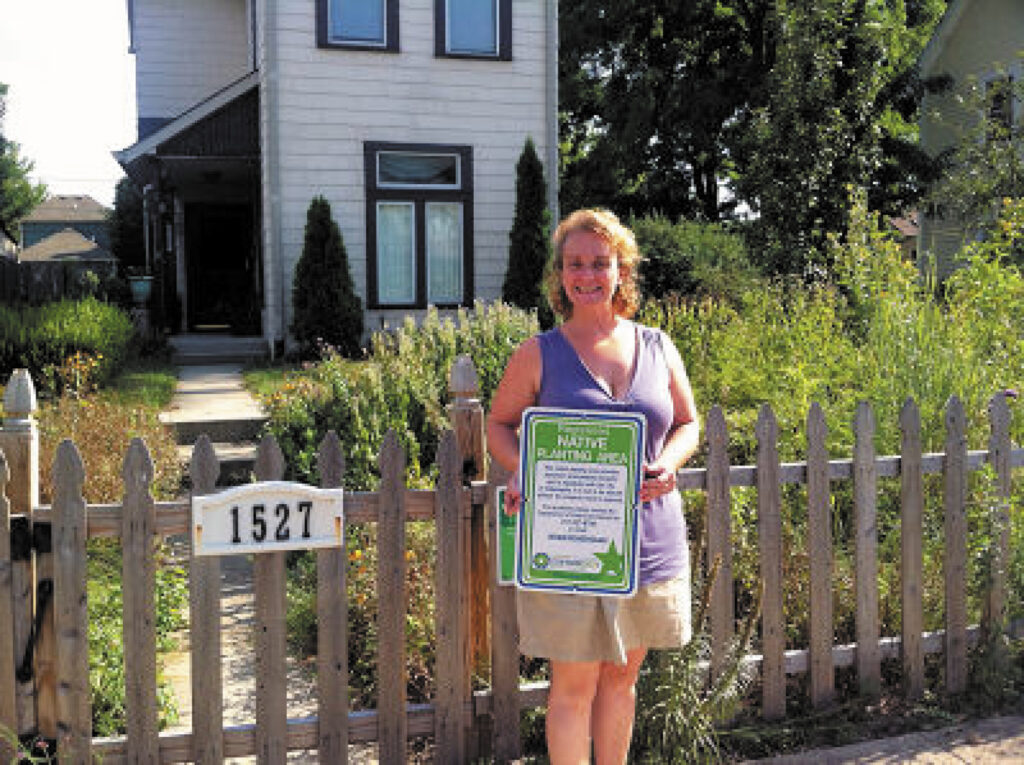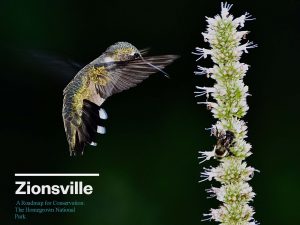One person’s prairie may be another person’s patch of weeds. So it’s important to try to blend into the neighborhood, at least until people begin to understand a new aesthetic that promotes biodiversity.
Conditioned by the suburban norms of our parents—immaculate lawns and sheared shrubs—many of our neighbors take a dim view of the “wild” look associated with grassland plantings and worry about ruining property values.
Probably the easiest “sell” is native shrubs, for the woods edge palette lends itself well to the residential landscape. Think of the shrubs bridging the change in level between lawn and house. A screening biohedge—a mix of flowering and evergreen shrubs—between you and the next-door neighbor will probably not offend, and you’ll attract the birds and pollinators while decorating your property with spring flowers, fall color, and winter interest.
If your neighborhood or town has covenants specifying nothing but Bradford pears as street trees, you’ll need to gear up to do some educating and persuading. First of all, planting just one type of plant anywhere is a recipe for disaster. If disease or insect infestation sets in, major losses can occur. Second, planting nothing but exotic species does little to support the web of life. Better to have a variety of natives, with perhaps a few exotics mixed in.
►INPS would like to hear about your neighbors’ reactions to your efforts with native plants. Write to landscape@indiananativeplants.org.


